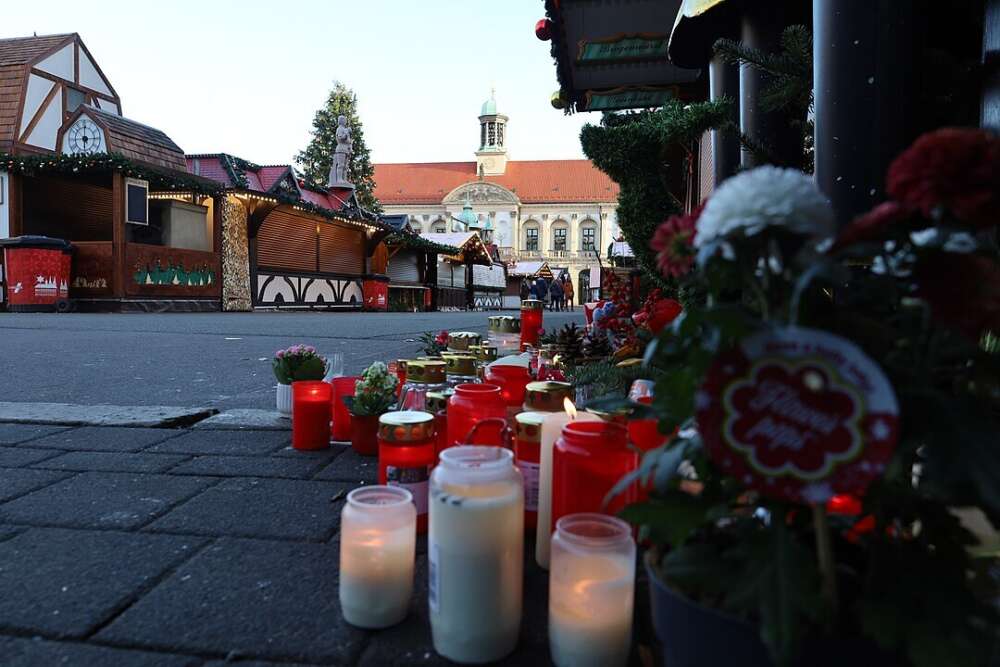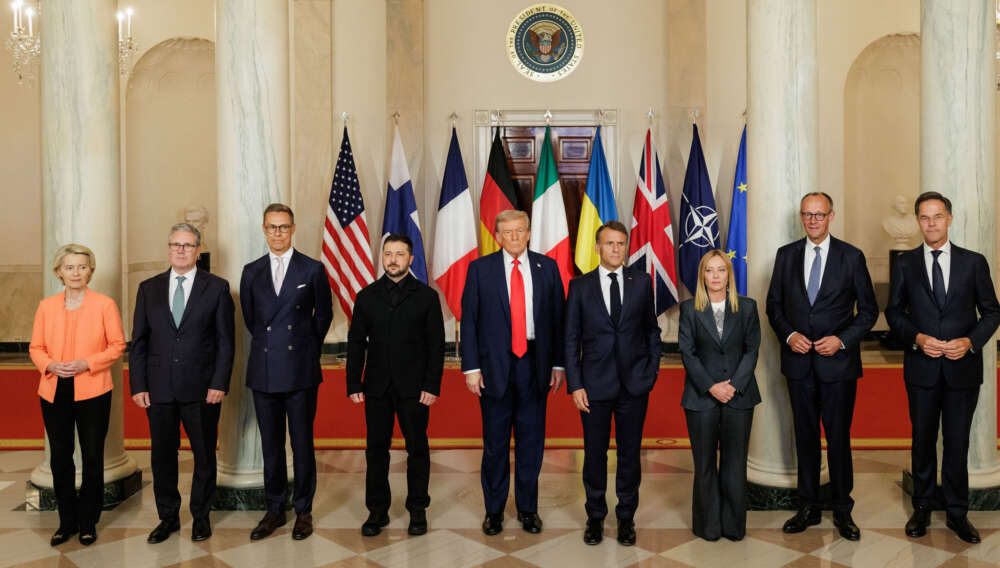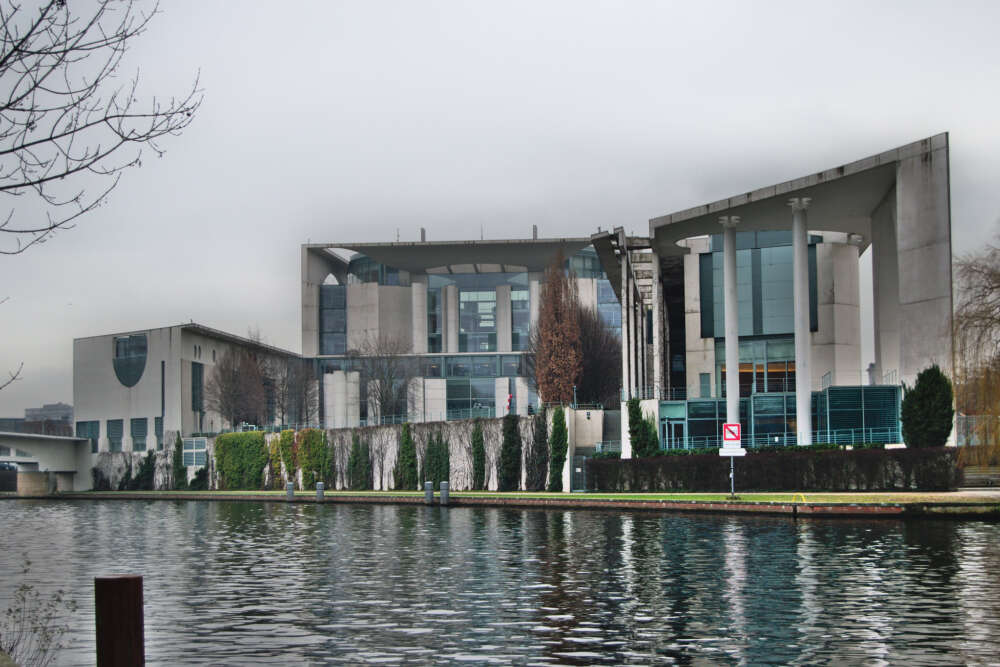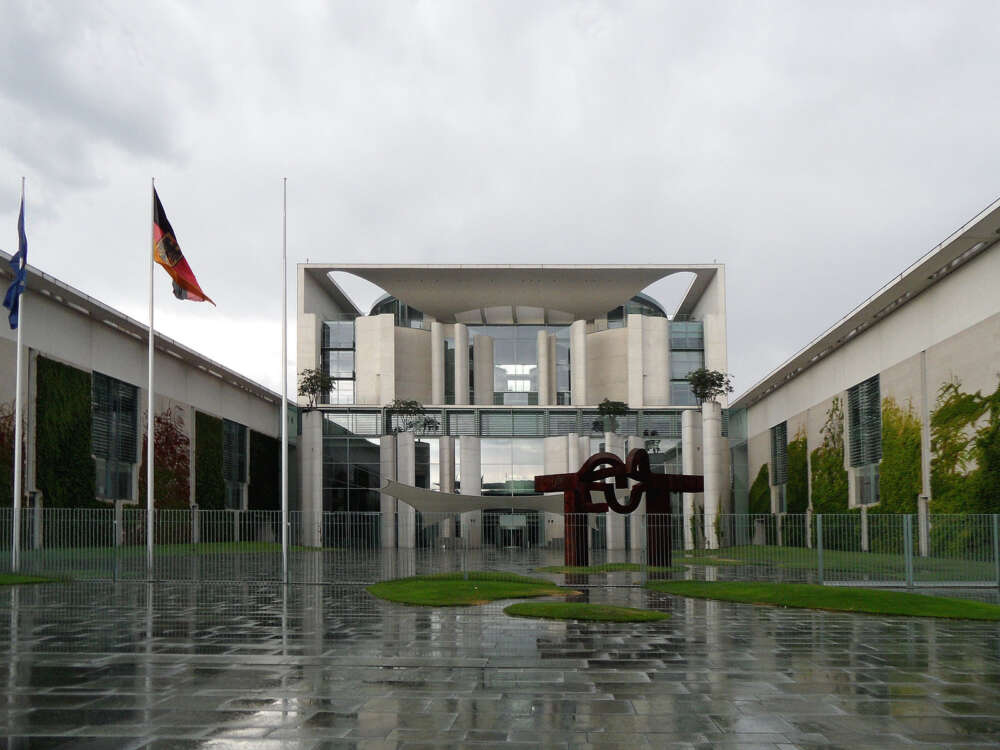Presence without Power
Lessons from the OSCE Special Monitoring Mission (SMM) for Ceasefire Monitoring in Ukraine

As Russia’s continues to wage its full-scale war against Ukraine, a sustainable political resolution remains deeply unrealistic. Still, as discussions around a partial or temporary ceasefire are gaining traction, policymakers are increasingly exploring ways to monitor, guarantee and enforce such a ceasefire. Despite public statements to the contrary, European political alignment on how to guarantee a ceasefire (whether that be through military or civilian measures) remains limited – especially in a scenario where the United States is not involved in the effort.
The political reality is such that a sustainable, long-term solution may not be in the cards. With the Trump administration’s push to “end the war in three days” on the one hand, and Europe’s questionable willingness and ability to deploy the troops necessary for a robust peace enforcement (or deterrence effort) on the other hand, solutions optimal for Ukraine’s long-term future are likely not in store. Instead, pragmatic solutions will have to be found. As such, an international ceasefire monitoring mission, deployed in agreement with both Russia and Ukraine, may be the lowest common denominator solution – and a politically acceptable compromise to freeze the status quo in the short-term. In many ways, this plan is riddled with significant disadvantages and risks. But, in the current political climate, it may be the only feasible option. It is therefore worth discussing how best to implement a ceasefire monitoring mission – however flawed it may be – in a manner that is least harmful to those involved.
Ceasefire monitoring is not a replacement for security guarantees for Ukraine. It is a narrowly defined conflict management tool, which can lead to “extended periods of reduced violence,” although “achieving long-term ceasefires is extremely challenging in the absence of a political process.” Ceasefire monitoring differs fundamentally from peace enforcement, peacekeeping or any other mechanisms that are currently being debated. Its appeal lies in its relatively low cost and the reduced political risk for states deploying unarmed monitors (in comparison to the risk associated with a more robust effort). A drawback to ceasefire monitoring is that it can create the illusion of progress without actually contributing to a solution, and instead can lead to the “freezing of the conflict”.
The deployment of the Organization for Security Cooperation in Europe (OSCE)’s Special Monitoring Mission to Ukraine (SMM) illustrates these tensions. Tasked to monitor the ceasefire as well as the withdrawal of heavy weapons under the 2014 and 2015 Minsk Agreements, the SMM operated in a context where the political process eventually came to a full stop. The Russian full-scale invasion of Ukraine in 2022 abruptly put the SMM’s activities to a violent end, and Russia voted against the extension of the mission’s mandate shortly after. Though the mission documented over 1.5 million ceasefire violations between 2016 and 2021 alone – thereby fulfilling what it had set out to do and enhancing transparency regarding conflict dynamics – it was never set up to deter violence in the long-term (and, consequently, did not). Instead, it inadvertently stabilized a violent status quo – serving merely as a placeholder for a political process that never decisively moved forward. Some argue, therefore, that its greatest achievement was the fact that it was able to continue its operations and maintain its presence for as long as it did.
In this brief, we will discuss the lessons we can draw from the SMM’s experience in terms of the political agreement underlying it, the set-up of the mission and its operations. Chief among these lessons: A mission of any kind – civilian or military, with the goal of enforcing peace or monitoring a ceasefire – is a function of the political will of those setting it up. It is an instrument dependent on political commitment, unable to function in its absence. This notion should be central to European deliberations on any future effort, be it civilian or military, a multilateral effort (through an organization Russia is part of) or a “coalition of the willing” (made up by NATO countries).
An equally crucial learning from the SMM is that merely establishing an international presence is not enough to end Russian aggression in Ukraine. To do so (and assuming that that is indeed the ultimate objective), a ceasefire monitoring mission would have to be backed up by a robust military presence, ready to effectively deter Russia from attacking again. This could also be achieved by setting up a robust economic sanction mechanism (automatically imposing renewed sanctions, for example, or reversing sanctions relief) that would kick into gear in the case of a violation of the ceasefire agreement (beyond a previously agreed-upon threshold, that is). Such a mechanism should be an asymmetric tool and focus on the aggressor that needs to be deterred from attacking again: Russia.
Another critical lesson: policymakers must closely and continuously examine whether the benefits of a mission’s presence outweigh its costs. As stated in an interview for this brief, “if the ceasefire violation is the norm, not the exception, the very concept of a ceasefire becomes meaningless.” If that is indeed the case, continuing a mission or launching a new one only feeds into illusions among the international community of “having dealt” with the conflict, when in reality, the mission does nothing more than relegate a renewed outbreak of violence to the future, while leading to a false sense of hope among affected populations.
The fundamental driver of the war has not changed since 2014; Russia’s aim remains to end Ukraine’s national sovereignty. Certain contexts and conditions, however, are significantly different in 2025; the war has taken on a new, full-scale dimension since 2022, Russia is openly a belligerent party to the conflict, Europe is investing a great deal more in the conflict (politically, economically, militarily), as did the US up until the second Trump administration. Now, the US seeks to strike a deal with Russia, seemingly at all costs. Since the Minsk Agreements and the SMM have become notoriously unpopular in Ukraine over time, it is unlikely that either the government in Kyiv or local populations would accept a new ceasefire mission, if it is not accompanied by security guarantees or another kind of mechanism to deter renewed Russian aggression. All of these factors will impact how a future ceasefire mission could be deployed.
This is the political backdrop against which this policy brief is written. It draws on available literature as well as on insights from nine interviews with former SMM staff (at varying levels) and officials involved in its set-up and management. We expressly do not offer a comprehensive assessment of the SMM. Rather, we distill lessons from the process of negotiating the Minsk Agreements, which codified the ceasefire the SMM ended up monitoring, the OSCE SMM’s mandate, as well as its operations, all the while taking the changed political circumstances into account. These lessons may prove applicable in the near future if it so happens that a monitoring mission emerges as the only politically viable compromise.
This is the introduction to the policy brief. Download the full brief here.
This research is part of our project Thinking the War From the End: Insights for the War Against Ukraine and is funded by Deutsche Stiftung Friedensforschung (DSF).







